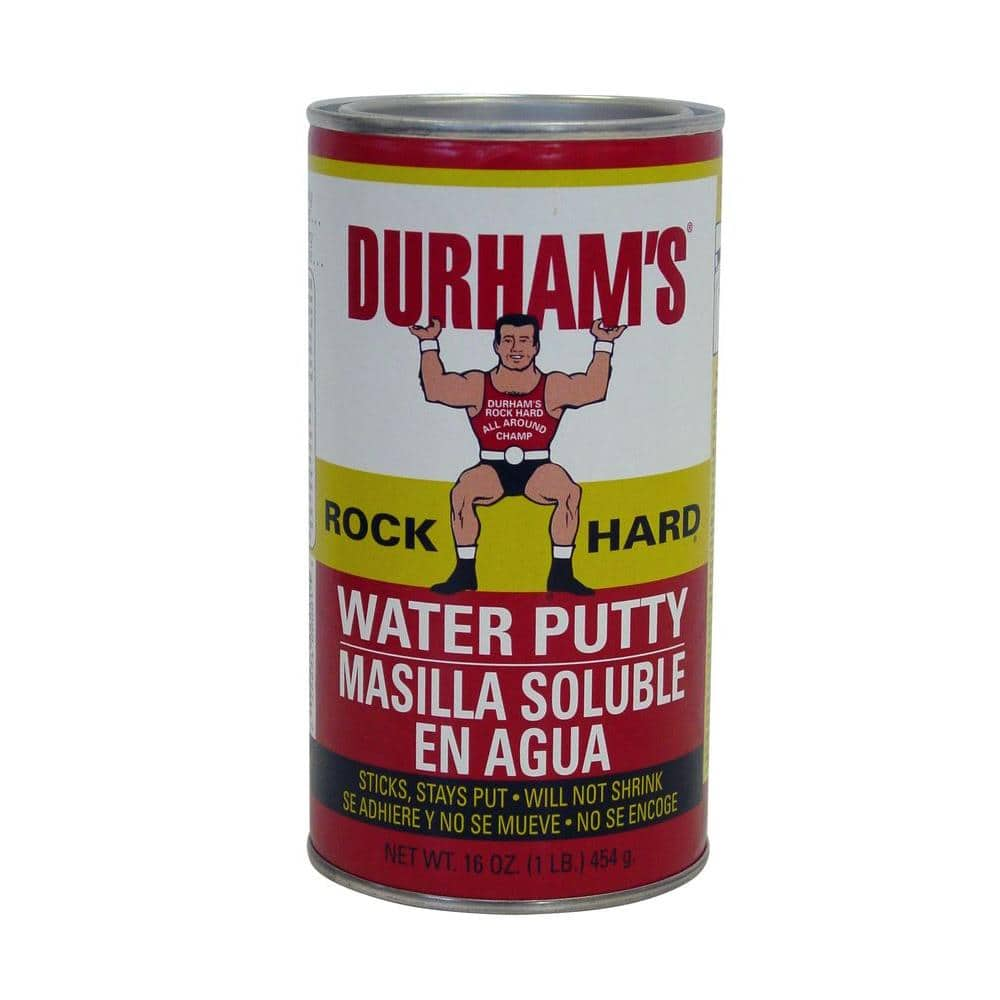Let's see if I can clear all this up for you guys so that everyone has a better understanding of this process. First of all, I use sheet rock tape, folded in half, ran the full length of the seams, why? Because I don't always put super glue in the exact same places, and once you start gluing, it's not like you can just change your mind and decide to add some paper here and there depending on what you need to do to flush up the seams. I don't glue the whole seam with the sheet rock tape, just where I need it. Then, for those of you that like using wax, good for you, I use bondo, but that's my preference, BUT when using wax, guess what? With the slate seam gapped with paper, the wax runs right through the seam and out the bottom until its cooled enough to harden, BUT the sheet rock tape running the full width of the seams, PREVENTS the leakage of the wax out the bottom by creating a dam in the slate seam, creating a stopping point for the wax, so it only fills up from the top of the sheet rock up, which I tuck down about an 1/8" below the surface. BINGO, less wax used. Then, to the poster than said he notice the wax creating a ridge above the slate seam, your superglue didn't hold. Why the wax comes up out of the seam is because the slates are screwed down to the frame it sits on. Then when the moisture evaporates from the frame innthe heat of the summer months, it the heat inside the house, the frame shrinks in length, pulling the seams tightly together and bada boom, bada Bing, the wax gets squeezed up and out of the seam, because it can't go anywhere else. How can you avoid this? Simple, once you have your sheet rock tape embedded in your seams, take 2 ratchet straps, 1 for each side of the slate, run the ratchet strap through one end slate bolt hole, the closest hole to the center slate, then continue on and bring the ratchet strap back up through the same position bolt hole onnthe other end slate, then run the tail end of the strap through the ratchet handle, and while the 2 hooks are connected together, both hook ends of the ratchet strap, go ahead and tighten the ratchet strap, effectively pulling the 3 pieces of slate tightly together. Then, starting with the outside of each seam, flush the slates, superglue 6" next seam, same thing, until the outside edges of the seams are superglued together. Then remove the ratchet straps, move the slate around as one piece, center it up on the frame, make sure the frame is level, should have already done that before putting the slates on the frame. Fine tune level the frame, then check the rest of the seams for flatness to each other, superglue the center 6" then anywhere else you think needs superglued, then mount your end slate screws last. Now, you're ready for leveling, finishing off your seams with wax or bondo, and leveling the slates on the frame.
 I have never seen anyone glue the seams.
I have never seen anyone glue the seams.

